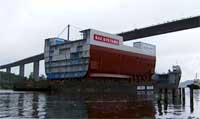 I am glad that I am of the age to have seen ships constructed the old fashioned way. Not all that long ago, shipyards still built ships from the bottom up. The shipyard first fabricated the double bottom sub-assemblies and then started adding framing blocks and so forth. When the hull was fabricated, assemblies welded and painted, they launched the ship down the ways into the water with a satisfying splash, using technology that had been first developed by the ancient Egyptians.
I am glad that I am of the age to have seen ships constructed the old fashioned way. Not all that long ago, shipyards still built ships from the bottom up. The shipyard first fabricated the double bottom sub-assemblies and then started adding framing blocks and so forth. When the hull was fabricated, assemblies welded and painted, they launched the ship down the ways into the water with a satisfying splash, using technology that had been first developed by the ancient Egyptians.
A recent article reminded me of how much things have changed. Ships are now built in large sub-assemblies, welded into blocks, and then the blocks are welded together in drydock. In the case of the new British aircraft carriers, HMS Queen Elizabeth and HMS Prince of Wales, the construction blocks will be fabricated at seven different shipyards. Recently the “lower block three” of HMS Queen Elizabeth, 8,000 tonnes of steel, piping, cable and other outfitting was towed from BAE Systems shipyard on the Clyde in Govan in Glasgow, on its way Rosyth on the Forth, 600 miles away, for final block integration and assembly.
The new British carriers will each cost a budget-busting £2.6bn (US$4.3 billion.) That is still less than half the cost of the USS Gerald R. Ford, the new US carrier under construction, which is estimated to cost US$ 9 billion or US$14 billion if research and development costs are included.
Assembly to Begin on Britain’s Biggest Warship
Continue reading →
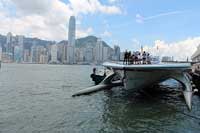 In June we posted that the 31-meter Turanor PlanetSolar, a catamaran yacht fitted with 536 square meters of photovoltaic panels, had successfully sailed halfway around the world, from Monaco to Brisbane, Australia, powered solely by the sun. The yacht recently arrived in Hong Kong after navigating through monsoons and tropical storms for six days powered only with solar photovoltaic panels.
In June we posted that the 31-meter Turanor PlanetSolar, a catamaran yacht fitted with 536 square meters of photovoltaic panels, had successfully sailed halfway around the world, from Monaco to Brisbane, Australia, powered solely by the sun. The yacht recently arrived in Hong Kong after navigating through monsoons and tropical storms for six days powered only with solar photovoltaic panels.


 I am glad that I am of the age to have seen ships constructed the old fashioned way. Not all that long ago, shipyards still built ships from the bottom up. The shipyard first fabricated the double bottom sub-assemblies and then started adding framing blocks and so forth. When the hull was fabricated, assemblies welded and painted, they launched the ship down the ways into the water with a satisfying splash, using technology that had been first developed by the ancient Egyptians.
I am glad that I am of the age to have seen ships constructed the old fashioned way. Not all that long ago, shipyards still built ships from the bottom up. The shipyard first fabricated the double bottom sub-assemblies and then started adding framing blocks and so forth. When the hull was fabricated, assemblies welded and painted, they launched the ship down the ways into the water with a satisfying splash, using technology that had been first developed by the ancient Egyptians.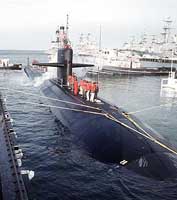 The most interesting question about the recently revealed cheating scandal on personnel training exams on the nuclear-powered fast attack submarine,
The most interesting question about the recently revealed cheating scandal on personnel training exams on the nuclear-powered fast attack submarine, 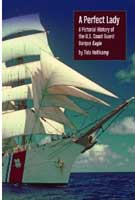 Having recently
Having recently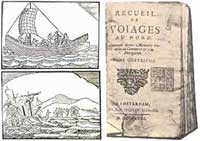 On August 15th, 1653, the
On August 15th, 1653, the 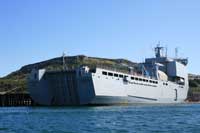 In May, we posted about
In May, we posted about 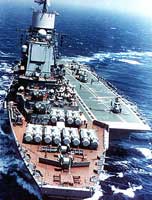


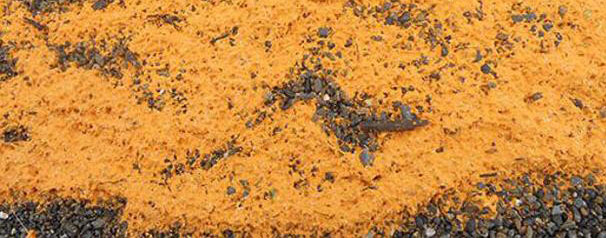 Last week, a bright orange jelly or “goo” floated up on the beaches of Kivalina, a remote Alaskan village of just over 400 residents. Now scientists at the National Oceanic and Atmospheric Administration have determined that the goo is not man-made but rather millions of microscopic invertebrate eggs, filled with fatty droplets. Experts are guessing that they are from some sort of crustacean, but so far have been unable to identify which species of invertebrate laid all the eggs or whether the mass of eggs will prove harmful to the village water supply or impact local fishing.
Last week, a bright orange jelly or “goo” floated up on the beaches of Kivalina, a remote Alaskan village of just over 400 residents. Now scientists at the National Oceanic and Atmospheric Administration have determined that the goo is not man-made but rather millions of microscopic invertebrate eggs, filled with fatty droplets. Experts are guessing that they are from some sort of crustacean, but so far have been unable to identify which species of invertebrate laid all the eggs or whether the mass of eggs will prove harmful to the village water supply or impact local fishing.
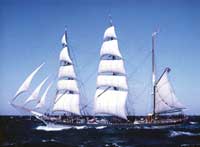 The barque
The barque 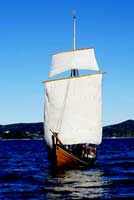 The Viking longboat replica,
The Viking longboat replica, 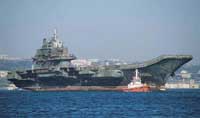 In May, we posted about what appears to be the deck of an aircraft carrier built onto the top of a government building in China (
In May, we posted about what appears to be the deck of an aircraft carrier built onto the top of a government building in China (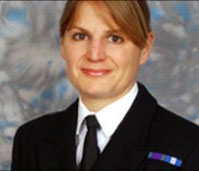 The Royal Navy has appointed Lt Cdr Sarah West the command of
The Royal Navy has appointed Lt Cdr Sarah West the command of  After adverse winds carried her off course, marathon swimmer Diana Nyad, 61, ended her attempt to become the first person to swim from Cuba to Florida without a shark cage. She had been swimming for 29 hours when she ended the swim.
After adverse winds carried her off course, marathon swimmer Diana Nyad, 61, ended her attempt to become the first person to swim from Cuba to Florida without a shark cage. She had been swimming for 29 hours when she ended the swim.